Many people in the storage industry believed that NetApp made a pretty big mistake by underestimating the power of flash and its impact on the storage market. What really impressed me is that at Storage Field Day 9, Dave Hitz stood up and openly agreed!
He then went on to explain how they had recognised this and made a strategic decision to purchase one of the hottest and most innovative flash storage companies in the world, SolidFire. This has clearly been done with the intention of using SolidFire as Polyfilla for the hole in their product portfolio, but I would suggest that it is as much about SolidFire becoming a catalyst for modernising and reforming the organisation.
As with almost any company which has been around for a significant period of time and grown to a significant size (currently standing at around 12,500 employees), NetApp has become rather a behemoth, with all of the usual process-driven issues which beset companies of their scale. Much like an oil tanker, they don’t so much measure their turning circle in metres, as they do in miles.
With the exception of a few key figures and some public battles with a certain 3-letter competitor, their marketing has also historically been relatively conservative and their customers the same. As a current and historical NetApp customer and ex-NetApp admin myself, by no means am I denigrating the amazing job they have done over the years, or indeed the quality of the products they have produced! However, of late I have generally considered them to be mostly in the camp of “nobody ever got fired for buying IBM”.
In stark contrast, they have just spent a significant chunk of change on a company that is the polar opposite. SolidFire have not only brilliant engineers and impressive technology, but they also furnished their tech marketing team with some of the most well known and talented figures in the industry. These guys have been backed up by a strong, but relatively small sales organisation, who were not afraid to qualify out of shaky opportunities quickly, allowing them to concentrate their limited resources on chasing business where their unique solution had the best chance of winning. Through this very clear strategy, they have been able to grow revenues significantly year on year, ultimately leading to their very attractive $870m exit.
Having experienced a number of M&As myself, both as the acquiring company and the acquired, I can see some parallels to my own experiences. Needless to say, the teams from both sides of this new venture are in for a pretty bumpy ride over the coming months! NetApp must make the transformation into a cutting edge infrastructure company with a strong social presence, and prove themselves to be more agile to changing market requirements. This is will not be easy for some individuals in the legacy organisation, who are perhaps more comfortable with the status quo. The guys coming in from SolidFire are going to feel rather like they’re nailing jelly to a tree at times, especially when they run into many of the old processes and old guard attitudes at their new employer.
What gives me hope that the eventual outcome could be a very positive one, is that NetApp senior management have already identified and accepted these challenges, and have put a number of policies in place to mitigate them. For example, as I understand it, the staff at SolidFire have been given a remit that whenever they come across blockers to achieving success for the organisation, to ask some “hard questions”, which are robust in nature to say the least! That said, some are as simple as asking the question “Why?”. With executive sponsorship behind this endeavour ensuring that responses like “because that’s how we’ve always done it” will not be acceptable, I am confident that it will enable the SolidFire guys and gals to work with their new colleagues to affect positive change within the organisation.
I think this is reflected in Jeramiah Dooley’s recent post here, which echoes so many elements of this post I almost considered not hitting publish! 😮
If the eventual outcome of this is to make NetApp stronger and more viable in the long term, then all the better it will be for those who stick around to enjoy it! This, of course, will benefit the industry as a whole by maintaining a strong and broad set of storage companies to keep competition fierce and prices low for customers. Win-win!
It is certainly going to be an interesting couple of years, and I for one am looking forward to seeing the results!
You can find the session videos from all the guys at NetApp here, I would say they are well worth the time to watch:
NetApp Presents at Storage Field Day 9
Further Reading
Some of the other SFD9 delegates had their own takes on the presentation we saw. Check them out here:
- Mark May – The NetApp future looks bright when embracing cloud
- Enrico Signoretti – NetApp is deONTAPifying itself, and this is good!
- Richard Arnold – NetApp Too Many Shoes?
Disclaimer/Disclosure: My flights, accommodation, meals, etc, at Storage Field Day 9 were provided by Tech Field Day, but there was no expectation or request for me to write about any of the vendors products or services and I was not compensated in any way for my time at the event.








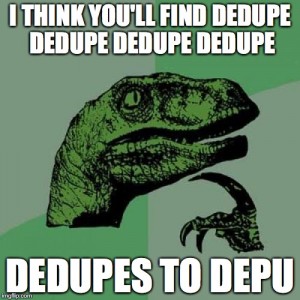

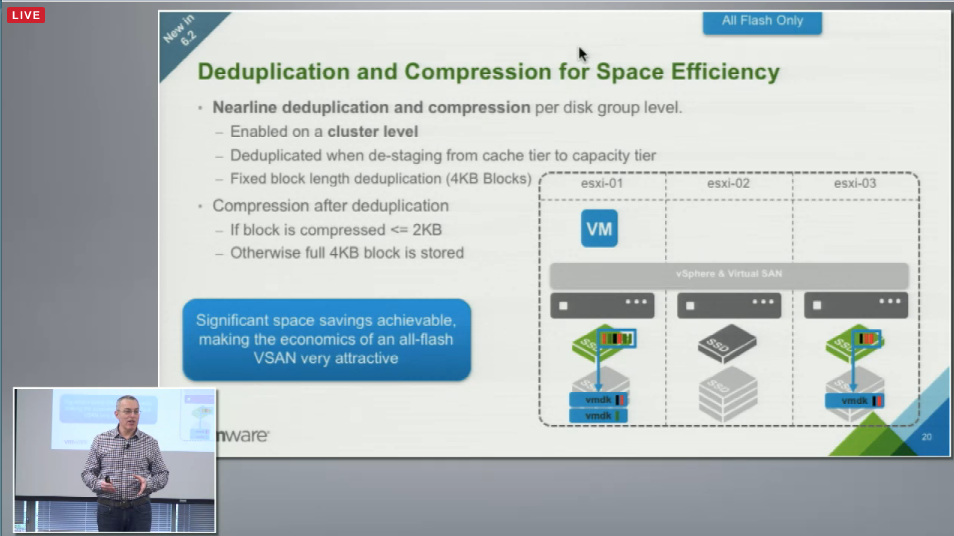






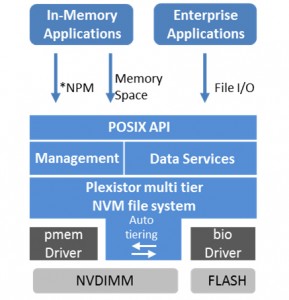
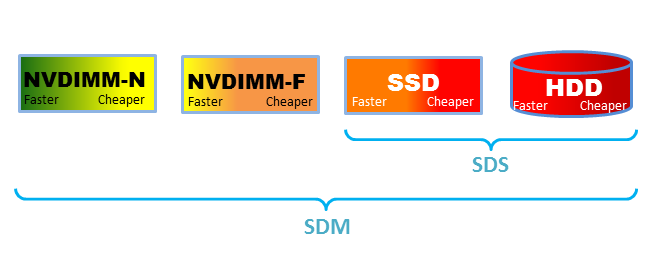
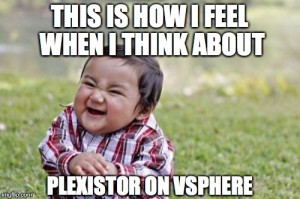
 RSS – Posts
RSS – Posts